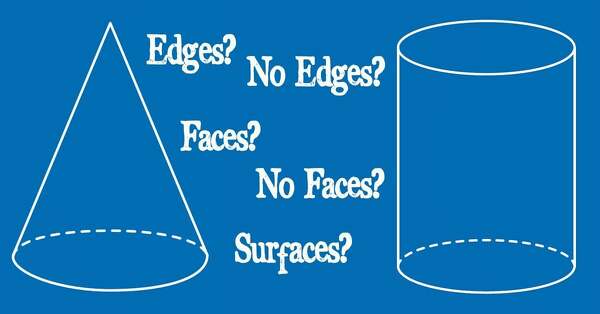Introduction:
The debate between cones and cylinders has long fascinated mathematicians, engineers, and everyday enthusiasts. Both shapes have unique properties and applications that make them essential to various fields. In this article, we will delve into the cone-cylinder debate, examining their defining characteristics, differences, and real-world uses.
Defining the Cone:
A cone is a three-dimensional geometric shape that tapers smoothly from a flat circular base to a single point called the apex. The base of a cone is always a circle, and its height refers to the perpendicular distance from the apex to the base. Cones are classified into two main categories: right cones and oblique cones. Right cones have their apex directly above the center of the circular base, while oblique cones have an apex offset from the center.
Understanding the Cylinder:
On the other hand, a cylinder is a three-dimensional shape that features two parallel, congruent circular bases connected by a curved surface. The bases and the curved surface are perpendicular to the axis of the cylinder, which is a line segment connecting the centers of the bases. Unlike cones, cylinders do not taper; their height corresponds to the distance between the bases.
Differences between Cones and Cylinders:
While both cones and cylinders have circular bases, their key distinguishing factor lies in their shapes. Cones taper to a point, while cylinders have a consistent diameter throughout. This distinct difference affects their volume, surface area, and stability. Cones have a smaller volume compared to cylinders of the same base and height, making them ideal for storing smaller quantities. However, cylinders can hold more liquid due to their uniform shape. When it comes to stability, cylinders excel as their round shape distributes the pressure evenly, making them less prone to tipping over compared to cones.
Real-World Applications:
The unique characteristics of cones and cylinders find applications in diverse fields, including engineering, architecture, and everyday life. Cones, with their pointy apex, are commonly used in traffic cones, ice cream cones, and party hats. The cone shape allows for directional guidance and ease of consumption. Cylinders, thanks to their stable shape, are widely used in piping systems, beverage cans, and cylindrical tanks. The uniform surface area and consistent volume are advantageous in storing and transporting liquids efficiently.
Conclusion:
The cone-cylinder debate showcases the fascinating ways in which mathematical shapes intertwine with practical applications. Understanding the defining attributes and differences between cones and cylinders can enhance our appreciation for their role in various industries. Whether it’s directing traffic or designing optimal storage solutions, cones and cylinders continue to shape the world around us.





